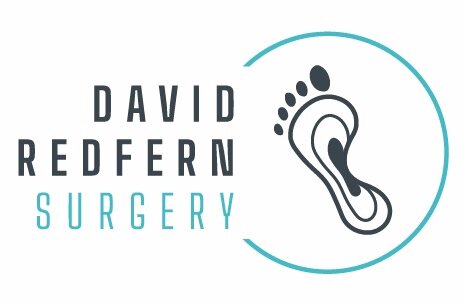Foot Arthritis & Ankle Arthritis
Hallux Rigidus
Here is an MRI scan of an arthritic big toe joint. Note the spurs on the top of the joint that can collide as the toe bends upwards, pinching the lining of the joint and limiting movement. Also note the central area is darker indicating more arthritis centrally in the joint. A detailed assessment helps inform the best treatment options.
“My big toe is stiff and the joint is painful when I walk ”
“My ankle is stiff, swollen and painful and worse in the cold or damp”
The arthritic process can cause inflammation of the joint and over time can sometimes lead to deformity. There are various different types of arthritis, some occurring in a single joint as a result of previous injury and others occur in more than one joint as a result of inflammatory problems for example.
SYMPTOMS OF ARTHRITIS IN THE FOOT & ANKLE
Arthritis can occur in a joint without any noticeable symptoms. However, as it progresses, patients often report symptoms of stiffness, pain, swelling, and later on, deformity can occur. Some patients will develop a bony prominence called an osteophyte (“bone spur”). This can cause pinching of the lining of the joint (synovium) which is called impingement. Gradually, these symptoms can limit activity and when more advanced, patients can begin to report symptoms even when resting or in bed at night.
The foot and ankle can also be affected by inflammatory arthritis such as rheumatoid arthritis or sero-negative arthritis.
Gout is common and often affects the joints of the foot and ankle (most commonly seen in the big toe joint but can affect any of the joints).
Arthritis is a process which results in damage to the normally smooth articulating surfaces of a joint, resulting in pain, stiffness and often swelling. Arthritis damages the highly specialized cartilage which lines the end of bones allowing smooth joint movement. Arthritis can occur in any of the joints of the foot and ankle but is most common in the big toe joint, midfoot, and ankle.
Ankle Arthritis
Here is an xray of an arthritic ankle joint. The cartilage of the ankle joint which is seen as the gap between the bones either side should be even but you can see bone-on-bone here indicating a very worn joint.
The causes of arthritis in the foot & ankle
Commonly, arthritis in the foot and ankle may follow an injury to a joint (especially in the ankle joint and the big toe joint). This is called “post-traumatic” arthritis. In the ankle for example, this may follow a fracture or longstanding instability/multiple sprains. Primary osteoarthritis (arthritis without history of injury) is less common in the ankle than it is in the hip or the knee and we do not yet know the reason for this
Arthritis in the big toe joint is called hallux rigidus. This is strongly inherited and generally if one foot is affected then the other is also very likely to be affected at some point too. This condition is dealt with separately elsewhere
Gout of the second toe
Gout can affect the lesser toes as well as the big toe.
The diagnosis of arthritis and its cause is made after careful assessment by an orthopaedic surgeon and is confirmed with weight-bearing X-rays or sometimes other imaging such as MRI can be helpful.
In more advanced arthritis the surgeon may recommend that the joint is fused or replaced. Fusing the joint effectively removes the painful joint surfaces and joins the two surfaces of the bone together (permanently stiffening the joint). Sometimes this can also be performed by keyhole surgery. Replacing the joint may also be an option in advanced arthritis and this involves replacing the painful worn joint surfaces with artificial joint bearings made of highly specialised metals and/or polyethylene. (see specific information sheets for joint fusion and joint replacement).
Treatment of Arthritis in the Foot & Ankle
Treatment such as footwear modification, anti-inflammatory medication and physiotherapy can be very effective. Sometimes injections (cortisone) can help to damp down inflammation. If these treatments are insufficientthen surgery may be necessary and can be very successful.
Surgery in the earlier stages of arthritis may be “keyhole” (arthroscopy). Mr Redfern has developed a specialist practice in keyhole techniques including arthroscopy which allows the surgeon to operate using a tiny camera inside a joint. This allows the surgeon to assess and treat the joint from the inside with minimally invasive surgery. The joint can be tidied up if the arthritic process is not too advanced but is not a cure for the condition.




